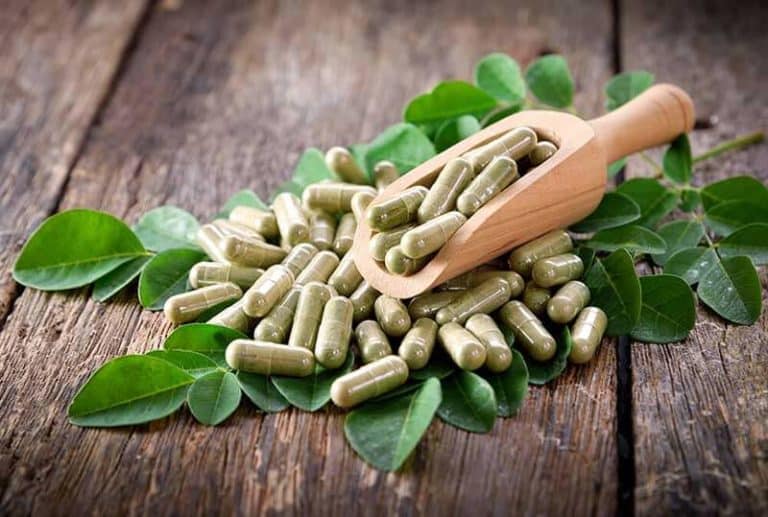
- Call: (725) 215-0109
- Email: support@organickratomusa.com
Rebranding launch sale: code FRESH20 for 20% off!
Free nationwide shipping over $79.00!

Herbs are widely used all around the world to help with overall wellness. One herb, in particular, that is gaining a lot of popularity is Kratom. With any herb, you will want to check with your general practitioner before use. In this guide, we will discuss what is kratom, where it came from, vein types and strains, and various methods of use.
Kratom products are derived from the dried leaves of Mitragyna speciosa trees, which are indigenous to Southeast Asia. The humid, tropical climates of Southeast Asia are ideal for the plant, which is a member of the coffee tree family. Mitragyna speciosa trees are native to areas like Indonesia, Malaysia, Myanmar, Papua New Guinea, and Thailand. They grow in abundance in these locations.
There is documented use of kratom dating back to the 19th century. Kratom has been used to promote wellness for over a century, but its popularity is reaching an all-time high today. Sometimes referred to as biak, kakum, ketum, thang, and thom, kratom is an incredibly versatile substance.
Originally, kratom users would chew directly on the kratom leaves to consume the substance. Some people still prefer this method, but new techniques are gaining speed. Today, kratom users can choose to take kratom in capsule form, brew kratom tea, use kratom leaves for incense, incorporate kratom into lotions and soaps, and more.
Before starting any type of herb you will want to contact your general practitioner. Please note that kratom is not used to treat, cure, or mitigate any disease, illness, ailment, and/or condition. Please see FDA import alert 54-15. We make no representations as to intended use or suitability for use.
All kratom can be separated out into four main categories, based on the color of the kratom veins in the leaves when they were harvested. These colors are white, green, red, and—rarer—yellow or gold vein kratom. We have gone into the way these colors differentiate elsewhere if you are interested in learning further.
In short, white vein kratom is found when the leaves are harvested early on in their lives. Red vein kratom is found when kratom leaves mature fully. Green vein kratom occurs when the leaves are harvested mid-way through their life cycle. Finally, yellow vein kratom may not occur naturally in kratom leaves’ lives at all. Some experts within the kratom community believe that yellow vein kratom can only be achieved by blending the other veins.
However gold vein kratom comes to be, many users find it to offer a good balance of the clarity offered by white vein kratom and the well-being that comes from red vein kratom. Another popular choice for individuals seeking a balance is green vein kratom, which is subtler than white and red vein kratom.
The next step in understanding what kratom is and whether it is right for you is learning more about the different strains of kratom on the market.
Kratom strains are primarily named based on the kratom vein color used for the product and the region the kratom originates from. Red Bali or Green Borneo are some of the most well-known strains.
Here are some of the most popular kratom strains on the market today:
Each strain has its unique alkaloid makeup and tendencies. Borneo kratom, for example, is known for its pleasant aroma and subtlety. New kratom users may be interested in Borneo kratom for this reason. Similarly, Maeng Da provides an overall balance.
We hope that this piece has given you a better understanding of what kratom is, but if you have further questions or comments, we encourage you to reach out to our experienced customer service team. We are happy to help and will gladly answer any of your concerns. Comment below and tell us what you think!
Check out our blog to learn more about the differences between kava vs kratom.
